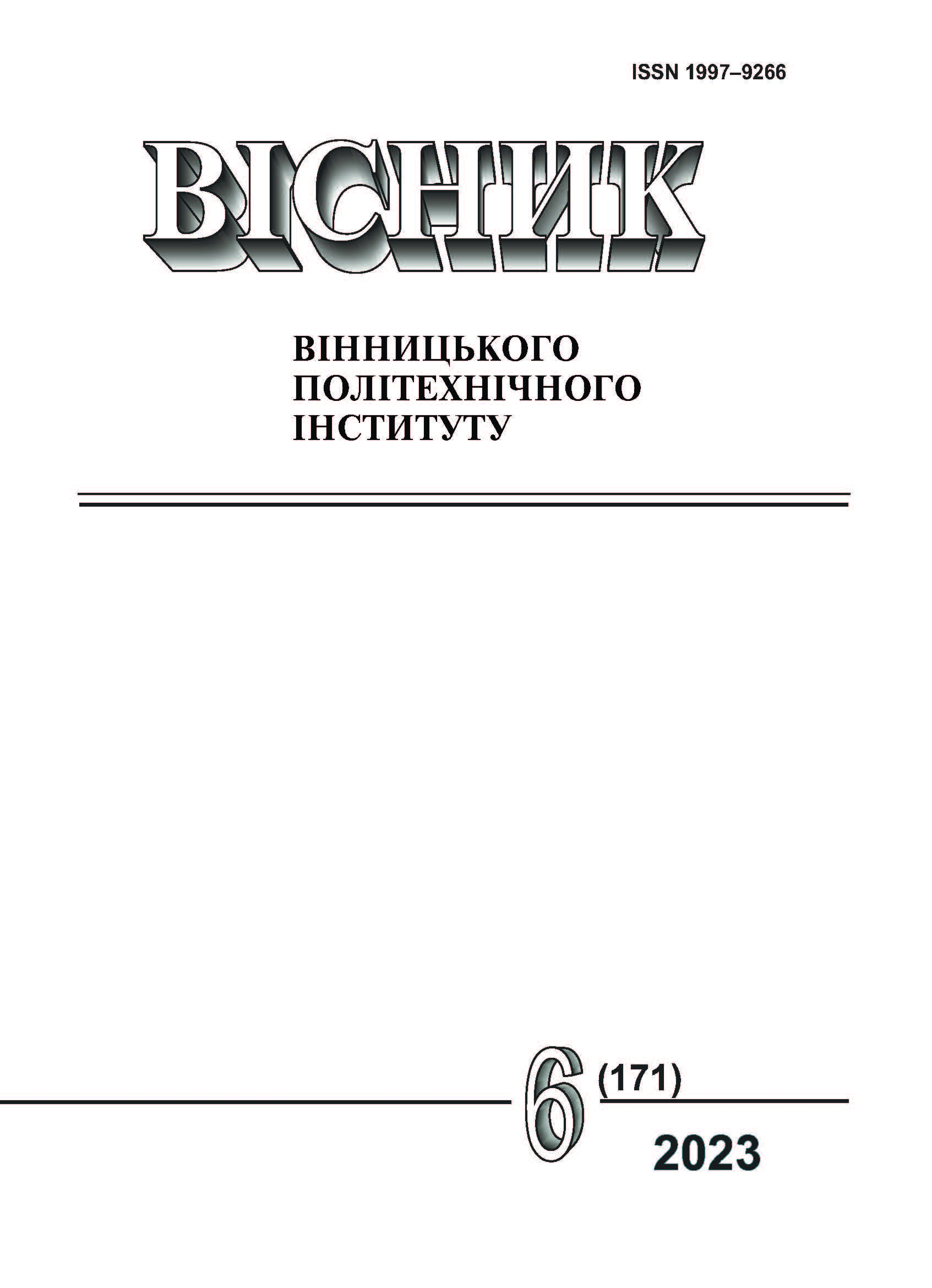Model of Cyber-Physical System Operation Under the Impact of Negative External Factors
DOI:
https://doi.org/10.31649/1997-9266-2023-171-6-30-38Keywords:
cyber-physical system, negative factor, operation process, mathematical model, fail-safe, functional safety, efficiencyAbstract
The article presents a mathematical tool for modeling the process of cyber-physical system operation under the impact of negative external factors, which is taken into account by the corresponding parameter. Unlike analogues, the model of the researched process is formalized in the parametric space of failure-free, functional safety and a number of economic indicators. The generalizing parameter in the presented mathematical tool is the efficiency coefficient, which takes into consideration the cumulative parameter of the cyber-physical system operation efficiency, the accompanying risk from its operation and the amount of resources invested in cyber security measures at the stage of designing the target system. The relationship of this coefficient with the probability of the transition of the cyber-physical system into a non-functional state as a result of the realization of a negative impact despite the opposition of cyber security means is analytically described. The mathematical tool was developed in the direction of taking into account errors of the first and second kind when identifying a negative impact by means of cyber security. The case of the reaction of cyber security tools to the imitation of a negative impact was separately investigated. The search for the extreme value of the efficiency coefficient based on the amount of resources invested in cyber security measures and taking into account the characteristic parameters of the space in which the target cyber-physical system is operated is formalized. The study of the real cyber-physical system of the Situation Center of the Department of Cyber-Physical Technologies of the Vinnytsia City Council showed the adequacy of the proposed mathematical tool.
References
S. Colabianchi, F. Costantino, G. Di Gravio, F. Nonino, and R. Patriarca, “Discussing resilience in the context of cyber physical systems,” Computers & Industrial Engineering, 2021. https://doi.org/10.1016/j.cie.2021.107534 .
H. S. Lallie, K. Debattista, and J. Bal, “A review of attack graph and attack tree visual syntax in cyber security,” Computer Science Review, vol. 35, February, 2020, https://doi.org/10.1016/j.cosrev.2019.100219 .
P. G. George, and V. R. Renjith, “Evolution of Safety and Security Risk Assessment methodologies towards the use of Bayesian Networks in Process Industries,” Process Safety and Environmental Protection, 2021. https://doi.org/10.1016/j.psep.2021.03.031.
Li Zhang, and Vrizlynn L. L. Thing, “Three decades of deception techniques in active cyber defense – Retrospect and outlook,” Computers & Security, vol. 106, pp. 10228, July 2021. https://doi.org/10.1016/j.cose.2021.102288 .
D. Bhamare, M. Zolanvari, A. Erbad, R. Jain, K. Khan, and N. Meskin, “Cybersecurity for industrial control systems: A survey,” Computers & Security, 2020. https://doi.org/10.1016/j.cose.2019.101677 .
X. Yuan et al., “Decoupled reliability-based optimization using Markov chain Monte Carlo in augmented space,” Advances in Engineering Software, 2021. https://doi.org/10.1016/j.advengsoft.2021.103020 .
Q. Zhang, and Y. Liu, “Reliability evaluation of Markov cyber–physical system oriented to cognition of equipment operating status,” Computer Communications, 2022. https://doi.org/10.1016/j.comcom.2021.10.004 .
B. Wu, and L. Cui, “Reliability of multi-state systems under Markov renewal shock models with multiple failure levels,” Computers & Industrial Engineering, 2020. https://doi.org/10.1016/j.cie.2020.106509 .
O. Bisikalo, D. Chernenko, O. Danylchuk, V. Kovtun, and V. Romanenko, “Information Technology for TTF Optimization of an Information System for Critical Use that Operates in Aggressive Cyber-Physical Space,” IEEE International Conference on Problems of Infocommunications. Science and Technology (PIC S&T), 2020. https://doi.org/10.1109/picst51311.2020.9467997 .
O. V. Bisikalo, V. V. Kovtun, O. V. Kovtun, and O. M. Danylchuk, “Mathematical Modeling of the Availability of the Information System for Critical Use to Optimize Control of its Communication Capabilities,” SWCC, 2021. https://doi.org/10.2174/2210327910999201009163958 .
Downloads
-
pdf (Українська)
Downloads: 98
Published
How to Cite
Issue
Section
License

This work is licensed under a Creative Commons Attribution 4.0 International License.
Authors who publish with this journal agree to the following terms:
- Authors retain copyright and grant the journal right of first publication.
- Authors are able to enter into separate, additional contractual arrangements for the non-exclusive distribution of the journal's published version of the work (e.g., post it to an institutional repository or publish it in a book), with an acknowledgment of its initial publication in this journal.
- Authors are permitted and encouraged to post their work online (e.g., in institutional repositories or on their website) prior to and during the submission process, as it can lead to productive exchanges, as well as earlier and greater citation of published work (See The Effect of Open Access).





